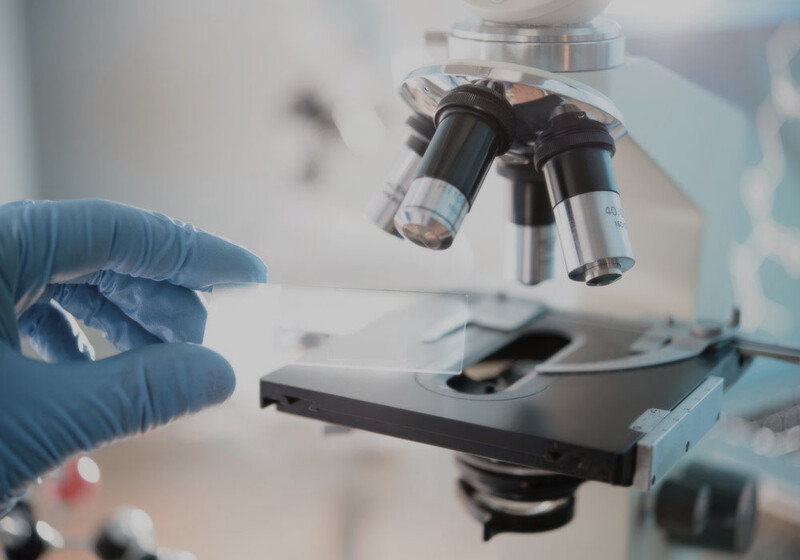 The ERA test (endometrial receptivity array) is a molecular diagnostic test to examine the condition of the uterine lining (endometrium). Receptivity is the state when the endometrium is ready for implantation (nesting) of the embryo.
The ERA test (endometrial receptivity array) is a molecular diagnostic test to examine the condition of the uterine lining (endometrium). Receptivity is the state when the endometrium is ready for implantation (nesting) of the embryo.
Getting pregnant is a delicate science. It involves all the right pieces being in the right place at the right time. One of the most important pieces is the relationship between a woman’s endometrium (uterine lining) and the embryo that is about to implant inside it. The meeting of the embryo and the endometrium has to happen at just the right time for implantation, and pregnancy, to occur.
If the meeting doesn’t happen when it needs to, the embryo and endometrium will just miss each other, and pregnancy will not occur. This concept is known as ‘implantation window’. An ERA claims to help women determine this window during an IVF treatment cycle.
Receptivity window
The window of receptivity is a short amount of time when uterus is ready to receive an embryo at the proper stage of development necessary for implantation, and therefore pregnancy, to occur.
In the case of the uterus, it’s the lining inside the uterus, the endometrium, that plays a major role. In addition to being a certain thickness, the endometrium must be expressing the correct genes that tell a potential embryo it is ready for implantation, a process largely driven by the hormone progesterone.
As for the embryo, it must be mature enough to successfully implant (it must have reached the blastocyst stage, which is day 5 or 6 of growth), should be chromosomally normal so that it can implant and lead to an ongoing pregnancy.
If both the embryo and uterus are ready at the same time, implantation and pregnancy can occur; if the window is missed, however, and the embryo is not at the right developmental stage by the time it reaches the uterus, it doesn’t contain the right number of chromosomes or the endometrium is not expressing the correct genes, implantation and pregnancy will not occur.
This ‘implantation window’ exists in both natural conception and in IVF.
Endometrial receptivity array
The ERA test is very sensitive and gives a good estimate of when the endometrium is ready to receive the embryo. It is therefore suitable for women with repeated failed embryo transfers. Commonly, the endometrium is evaluated by ultrasound, but this can only show its height and structure. The ERA test offers modern ways of assessing the lining and thus increases the likelihood of a successful pregnancy.
The ERA test determines the expression levels of 238 genes involved in endometrial receptivity at the molecular level. The doctor can thus evaluate whether the endometrium is correctly receptive for embryo transfer or whether the so-called "implantation window" has shifted. The results enable to determine the appropriate embryo transfer date.
How does it work?
The ERA test is optimally performed in the cycle preceding the cycle in which the embryo transfer is planned. The doctor obtains the tissue for the test by biopsying the uterine lining and the laboratory performs a special genetic test on a sample from the uterus, over 200 genes. Their activity is used to assess whether the retrieval was too early, at the ideal timing or too late.
How is the collection itself carried out?
The doctor inserts a thin catheter through the cervix and takes a sample of the uterine lining. The sample is then send to the laboratory for further examination. Most women report that the examination is uncomfortable rather than painful. The procedure takes about 10 minutes in total.
When consider the ERA test?
- multiple unsuccessful transfers (especially with good quality or genetically tested embryos)
- uterine lining issues
- repeated biochemical pregnancies with unsuccessful further progress
Are there any disadvantages?
- the test is done in a different cycle than the transfer itself, there is a risk that the next time it will not be the same
- the study yields questionable results on success rates, some report more than 70% improvement in results, others question its meaning entirely
- in this context, cost is also a disadvantage, the examination is not covered by health insurance and is quite expensive
With the treatment recommendation trust the specialist you choose. If there is a history of failed transfers or biochemical pregnancies and this option is offered, it is definitely the one to think about it.
